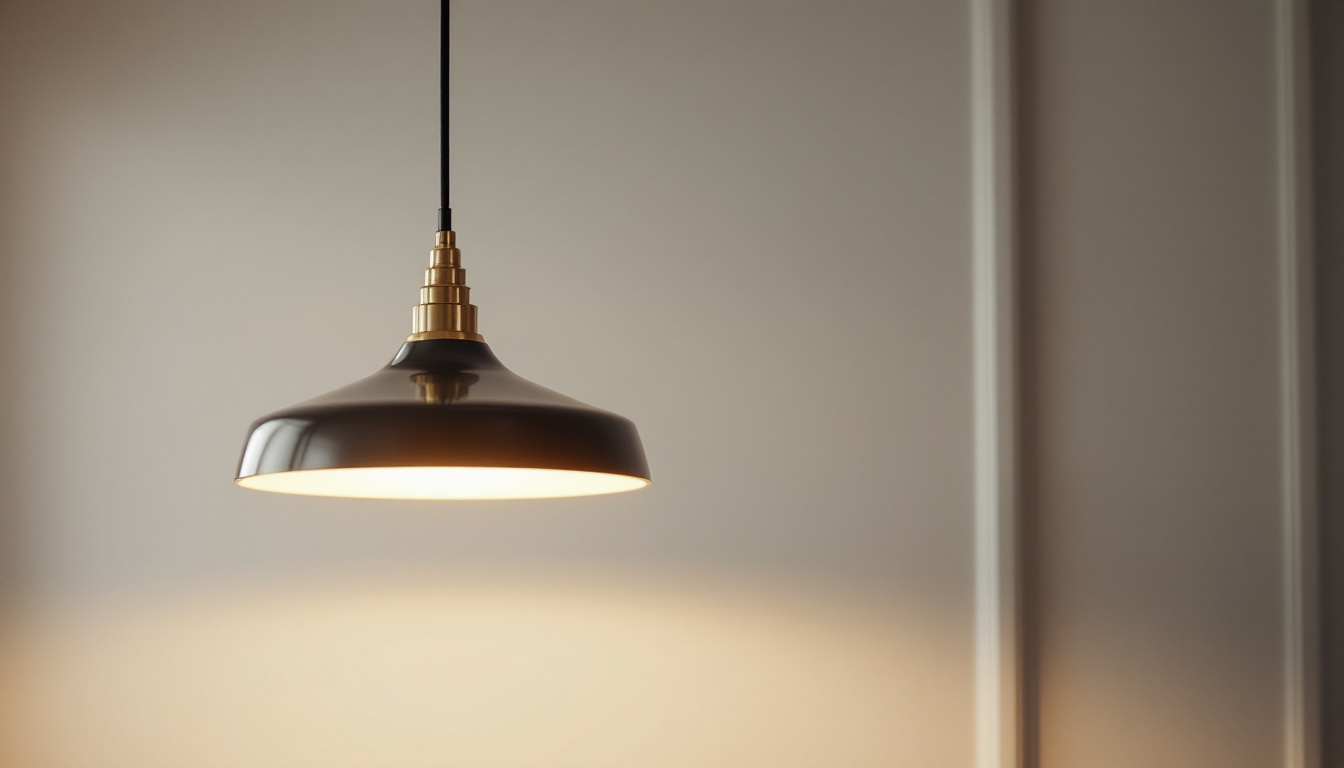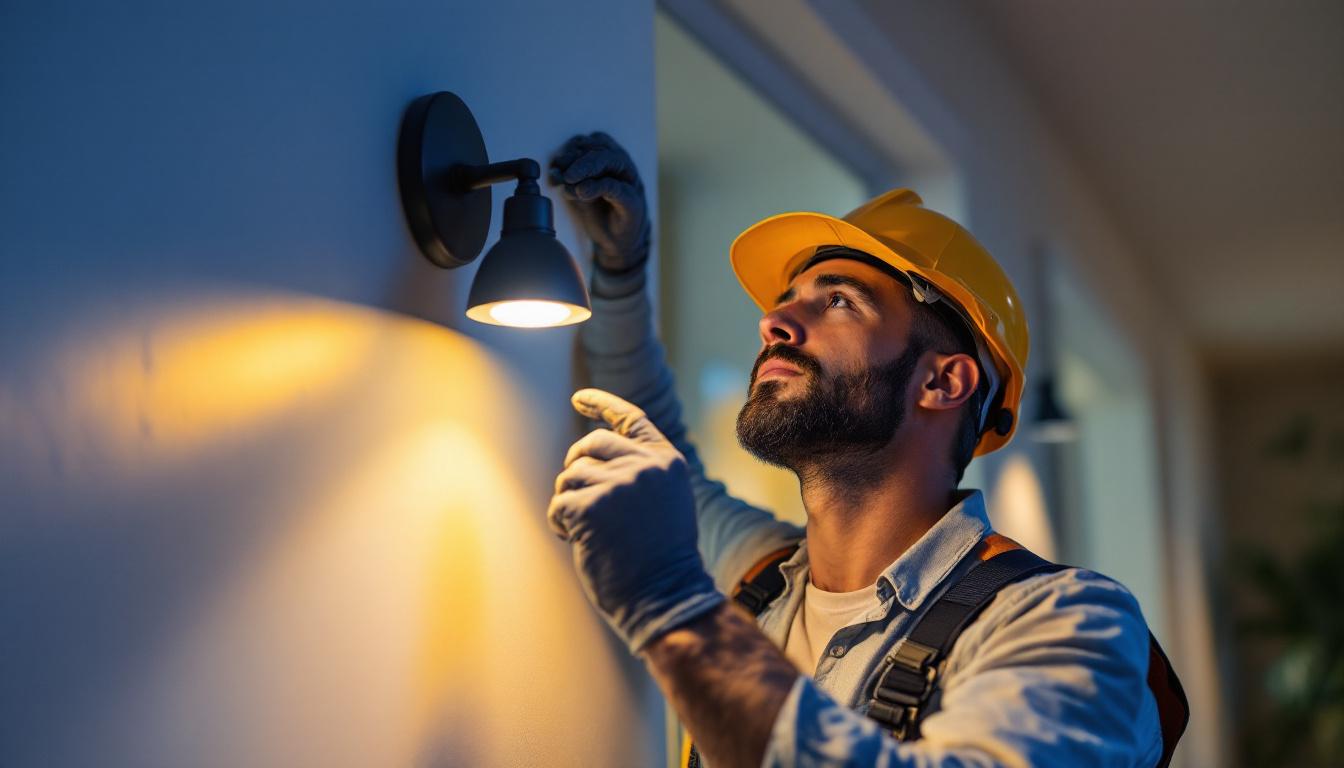
In the ever-evolving world of lighting technology, LED sensors have emerged as a pivotal component for both energy efficiency and enhanced functionality. For lighting contractors, understanding the intricacies of LED sensors is essential for delivering superior solutions to clients. This article delves into the various aspects of LED sensors, providing valuable insights that can help contractors make informed decisions and improve their project outcomes.
Light LED sensors are devices that detect ambient light levels and adjust the operation of lighting systems accordingly. These sensors can either turn lights on or off, or dim them based on the amount of natural light available. This functionality not only enhances user convenience but also significantly contributes to energy savings. By ensuring that artificial lighting is only utilized when necessary, these sensors play a crucial role in reducing electricity consumption and lowering utility bills, making them an essential component in modern energy-efficient designs.
There are several types of light LED sensors available, each designed for specific applications. Understanding the differences can help contractors choose the right sensor for their projects. Each type of sensor brings unique advantages that can be leveraged depending on the environment and specific lighting needs.
The versatility of light LED sensors allows them to be utilized in a wide range of applications. Here are some common uses:
Furthermore, the integration of light LED sensors with smart home technology has opened up new possibilities for automation. Homeowners can now control their lighting systems remotely, set schedules, and receive alerts when motion is detected, all through their smartphones. This level of control not only improves safety but also allows for personalized lighting experiences tailored to individual preferences. As technology advances, the potential applications for light LED sensors will continue to expand, making them an integral part of both residential and commercial lighting solutions.
Incorporating light LED sensors into lighting designs offers numerous advantages that can enhance both functionality and sustainability. Here are some key benefits:
One of the most significant benefits of light LED sensors is their ability to improve energy efficiency. By automatically adjusting lighting based on ambient light levels, these sensors help reduce unnecessary energy consumption. This not only lowers utility bills for clients but also contributes to a more sustainable environment.
Light LED sensors provide a seamless user experience by ensuring that spaces are adequately lit when needed. This can be particularly beneficial in commercial settings, where proper lighting can enhance productivity and customer satisfaction. In residential settings, homeowners appreciate the convenience of automated lighting that responds to their needs.
By reducing the operational hours of lighting fixtures, LED sensors can help extend their lifespan. This means fewer replacements and lower maintenance costs for clients, making it a win-win situation for both contractors and customers.
When selecting light LED sensors for a project, several factors should be taken into account to ensure optimal performance and satisfaction.
Before purchasing sensors, it is crucial to assess their compatibility with existing lighting systems. Not all sensors work seamlessly with every type of fixture or control system. Ensuring compatibility can prevent installation issues and enhance overall functionality.
The sensitivity and detection range of sensors can vary significantly. Contractors should consider the specific needs of the environment where the sensors will be installed. For instance, a high sensitivity sensor may be required in dimly lit areas, while a standard sensor may suffice in well-lit spaces.
Understanding the installation and maintenance requirements of light LED sensors is essential for contractors. Some sensors may require professional installation, while others can be easily integrated into existing systems. Additionally, regular maintenance may be necessary to ensure optimal performance, so contractors should communicate these needs to clients.
Proper installation of light LED sensors is crucial for achieving the desired performance and functionality. Here are some best practices to consider:
The placement of light LED sensors can significantly impact their effectiveness. For photocells, positioning them away from artificial light sources is essential to prevent false readings. Daylight harvesting sensors should be installed in areas where natural light is most prevalent, ensuring accurate adjustments to indoor lighting levels.
Ensuring proper wiring and connections is vital for the reliable operation of light LED sensors. Contractors should follow manufacturer guidelines and local electrical codes to avoid issues down the line. Additionally, using high-quality connectors can enhance the longevity of the installation.
After installation, it is essential to test and calibrate the sensors to ensure they function as intended. This may involve adjusting sensitivity settings or testing the response to varying light levels. Proper calibration can help avoid issues such as lights turning on or off at inappropriate times.
While light LED sensors offer numerous benefits, they are not without challenges. Here are some common issues contractors may encounter, along with potential solutions:
One common challenge with light LED sensors is false triggers caused by external light sources or environmental factors. For instance, a photocell may turn lights on during the day if it is exposed to direct sunlight. To mitigate this, contractors should carefully consider sensor placement and opt for models with adjustable sensitivity settings.
As smart home technology continues to gain popularity, integrating light LED sensors with smart systems can pose challenges. Compatibility issues may arise, leading to functionality problems. Contractors should stay informed about the latest smart technologies and choose sensors that are designed for seamless integration.
Regular maintenance is necessary to ensure the longevity and performance of light LED sensors. Contractors should educate clients about the importance of keeping sensors clean and free from obstructions. Additionally, providing troubleshooting tips can empower clients to address minor issues without requiring professional assistance.
The future of light LED sensors looks promising, with ongoing advancements in technology and design. Here are some trends to watch:
As the Internet of Things (IoT) continues to expand, light LED sensors are expected to become more integrated with smart home and building management systems. This will enable more sophisticated control over lighting, further enhancing energy efficiency and user experience.
Future iterations of light LED sensors may incorporate advanced data analytics capabilities. This could allow for real-time monitoring of energy consumption and lighting patterns, providing valuable insights for both contractors and clients.
As demand for aesthetically pleasing designs grows, manufacturers are likely to focus on creating sensors that blend seamlessly with various architectural styles. This will allow contractors to offer solutions that are not only functional but also visually appealing.
Light LED sensors are an indispensable tool for lighting contractors aiming to deliver energy-efficient and user-friendly solutions. By understanding the various types, benefits, and installation best practices, contractors can enhance their service offerings and meet the evolving needs of their clients. As technology continues to advance, staying informed about the latest trends and challenges will ensure that contractors remain at the forefront of the lighting industry.
Incorporating light LED sensors into projects not only benefits clients through energy savings and improved functionality but also positions contractors as knowledgeable professionals in a competitive market. Embracing these technologies will pave the way for a more sustainable and efficient lighting future.
Ready to elevate your lighting projects with the most efficient and innovative LED sensor solutions? Look no further than LumenWholesale, where we provide contractors with the highest quality, spec-grade lighting products at unbeatable wholesale prices. Say goodbye to inflated markups and hello to a vast selection of reliable, high-performance lighting that meets the highest industry standards. With the convenience of free shipping on bulk orders, LumenWholesale is your go-to source for premium lighting without hidden fees or compromises. Don’t miss out on the perfect blend of quality, affordability, and convenience. Visit LumenWholesale today for Wholesale Lighting at the Best Value and light up your next project with confidence.

Discover the essential guide to Mfg-Pendant Mount lighting solutions.

Discover why purchasing vintage LED bulbs in bulk from local distributors might not be the best choice.

Discover how photo sensor lights can be a game-changer for lighting contractors.

Discover why purchasing wall sconces in bulk from local distributors might not be the best choice.